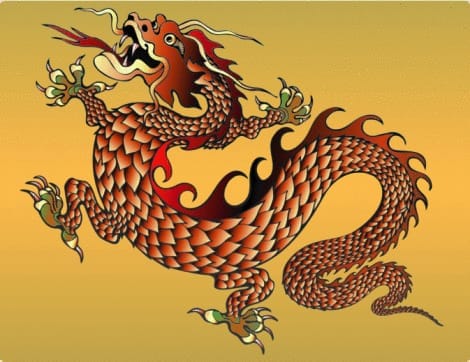When I visited Hong Kong in mid-January to attend a meeting of the Wharton Executive Board for Asia, feverish preparations were underway for the Chinese New Year, which began Jan. 23 on the Western calendar. We are now in the Year of the Dragon, a particularly auspicious member of the 12-year Chinese zodiac cycle. In Chinese folklore, the dragon is not evil but rather a benevolent creature blessed by gods and capable of amazing feats.
The Year of the Dragon seems destined to be an inflection point in the dramatic history of China’s economic development. Yes, there is the familiar question: Is this the year that China’s extended period of remarkable economic growth will finally be supplanted by a slower rate? But there is another transition underway as China’s position as the world’s low-cost producer is steadily challenged by increases in wages and other costs.
China is responding in two ways: industrial migration and executive training. As costs rise in the coastal areas where industrial development has been centered, industry is shifting westward to less well-developed and cheaper interior locations. Although China has vast expanses of undeveloped territory, this is still a temporary solution. The main thrust of Chinese industrial policy must inevitably involve moving up the value chain. This is precisely what other developing nations have done. As production costs rose in Taiwan, South Korea and Hong Kong, they shifted to producing more complex and costly goods. Like these countries, China must move into designing, producing and marketing its own higher-value-added finished products to continue prospering.
 China has demonstrated the entrepreneurial skills to discern opportunities and seize them, but these new tasks require taste and creativity, marketing sizzle and flair, as well as organizational and managerial skills—all of which go beyond what China has marshaled in many of its existing industries. Despite years of sending billions of dollars of exports into virtually every country around the world, few indigenous Chinese brand names exist. China produces a substantial portion of the world’s apparel, but the most valuable items carry the names of Western designers.
China has demonstrated the entrepreneurial skills to discern opportunities and seize them, but these new tasks require taste and creativity, marketing sizzle and flair, as well as organizational and managerial skills—all of which go beyond what China has marshaled in many of its existing industries. Despite years of sending billions of dollars of exports into virtually every country around the world, few indigenous Chinese brand names exist. China produces a substantial portion of the world’s apparel, but the most valuable items carry the names of Western designers.
To climb the added-value ladder, Chinese executives need to enhance their leadership skills. China has avidly pursued technology transfers from its joint-venture partners, but it also needs leadership and management technology to up its game. That requires education and training.
Wharton is one of the institutions helping China embrace complexity. Wharton not only provides Executive Education in China, it also offers “global modular courses” and entered into academic partnerships with Peking University and Tsinghua University. These advanced, customized leadership programs will help provide one of the critical preconditions for China’s broad-based transition to more value-added products and processes.
Editor’s Note: For more information on Executive Education programs, visit http://whr.tn/ExecutiveEd.

























